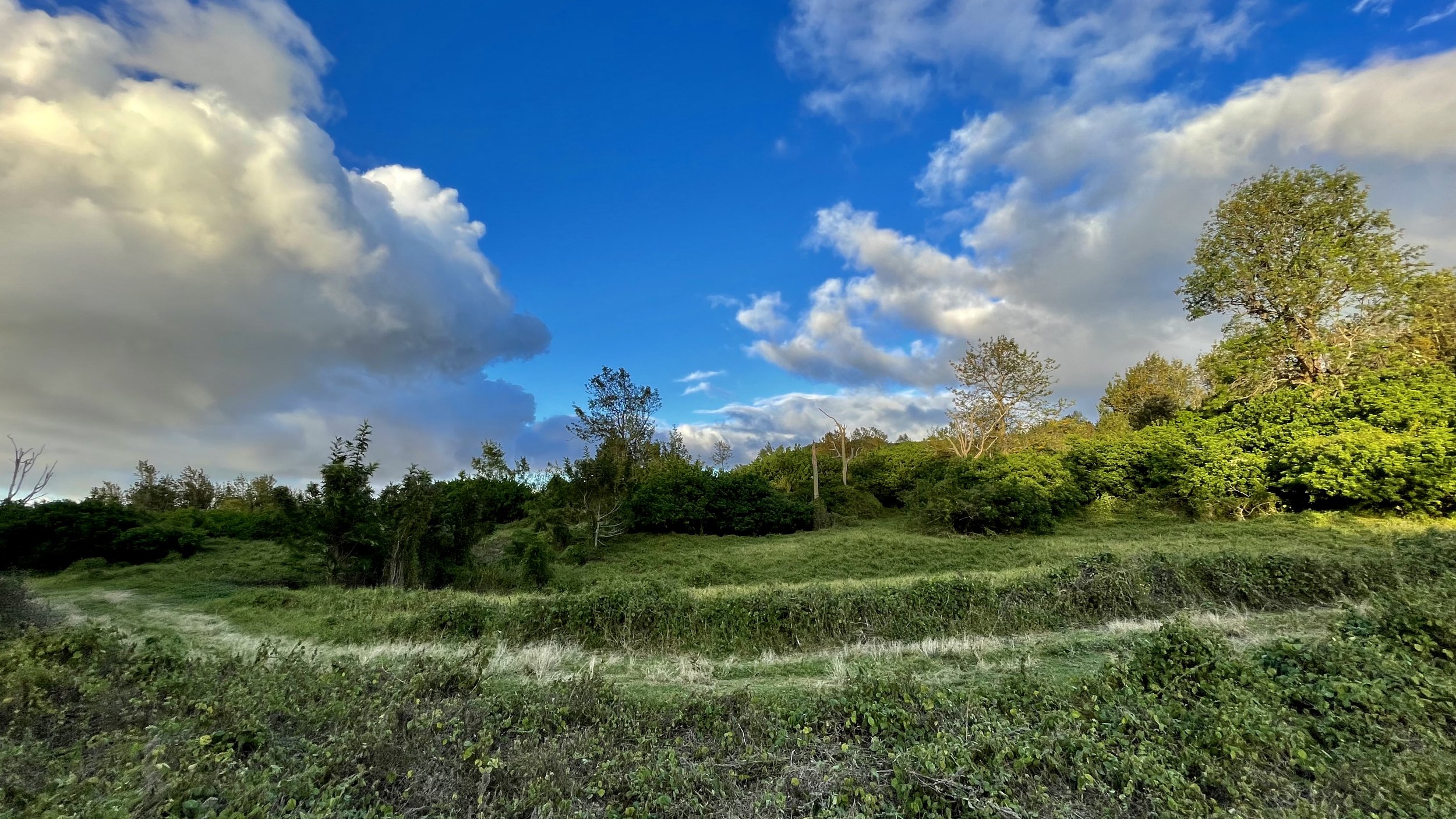
Restorative Land Management
A systems approach to environmental health
Targeting one isolated aspect of a complex problem never leads to a sustainable solution.
Systems thinking does.
Restorative Land Management:
preserves moisture • promotes fertility • proliferates microorganisms
jump-starts the ecosystem • increases diversity • stops soil erosion
mitigates cycles of floods and subsequent drought
stores carbon in the soil • helps cool the earth • counteracts global warming
Without exception, ecological designs end up producing higher quality with less collateral damage, and infinitely less maintenance requirements in the long run.
Here are some of the key elements and layers of my work. Even though each situation is highly site-specific, the principles apply universally.
Master Plans
Inventory of the land's significant features, and ideas, visions, strategies, sketches, designs, and practical solutions to help it reach its highest potential.
Collaboration with Nature
Finding the right balance between civilization and abandonment, with humans as mindful participants but without the costly obsession with control.
Ecological Site Development
We favor handwork but apply the same sensitivity to equipment operations if the initial conditions require. See Earthwork, below.
Watershed Planning
All landscapes are watersheds. All interventions, activities, investments on the land need to be intimately designed around the flow of surface water, its capturing in the soil, its feeding back into aquifers, with a clear understanding of impact on and from neighboring properties.
Earthwork -
Functional & Sculptural
Land form alterations and regenerative soil work based on permaculture principles
thorough assessment of context = ecosystem approach
careful separation of soil types & flawless prevention of erosion
work along contour lines to preserve moisture, with swales to feed excess water back into aquifers
integration into natural environment
Vegetation/ Biomass Management
Whatever grows in the soil is best returned to it. This is the key point in the often invoked 'cycle': Organic matter belongs to the place where it was grown.
Permaculture Designs
After some initial input, the environment is allowed to evolve by its own dynamic - succession is the magical force. Humans are participants who accelerate the process by bringing what they’re best at: Love and creativity
Bio-Myco Remediation
As part of land restoration, a wide variety of beneficial organisms (plants, fungi, microorganisms, bacteria colonies) can be cultivated to remediate contaminations like petroleum spills, pesticide residues, etc.
Forest Stewardship
All the permaculture aspects mentioned above apply to forest and woodlands as well. In addition to their role in carbon sequestration and cooling the planet, forests can provide local building material. We mill so-called invasive species trees into lumber right on the land, feeding all slash back into the site as long term resource for Native trees we plant at the end of the project. I’ll post videos as we go along.
Gardens for Food & Joy
Balanced outdoor spaces, stunningly attractive ornamental gardens, and an abundance of food and medicine emerge effortlessly when the above outlined principles are applied.









